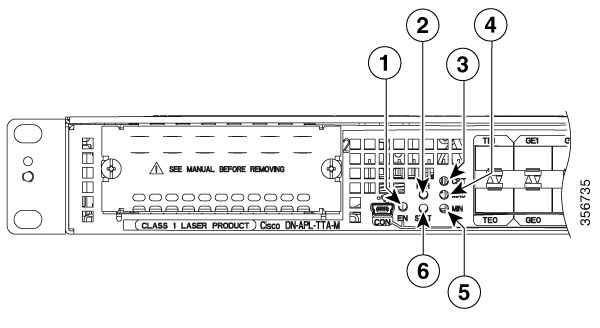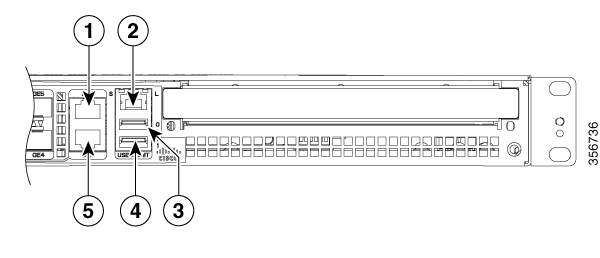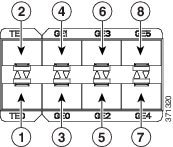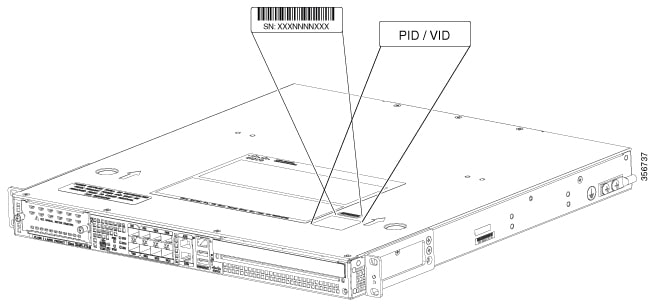Information About the Cisco DNA Traffic Telemetry Appliance
The Cisco DNA Traffic Telemetry Appliance is a telemetry sensor platform that is used to generate telemetry from mirrored IP network traffic and share it with Cisco DNA Center for application and endpoint visibility. Network traffic is received from switches and routers via Switched Port Analyzer (SPAN) mirroring and fed into the Cisco DNA Traffic Telemetry Appliance mirroring interfaces. The Cisco DNA Traffic Telemetry Appliance analyzes the received traffic to produce a telemetry stream for Cisco DNA Center that is sent via the appliance network interface.
The Cisco DNA Traffic Telemetry Appliance offers a compact form factor that consumes less rack space and power.
| Boot Method | Booting Command from ROMMON | Supported in IOS XE 17.3.1 |
|---|---|---|
|
Bin boot |
rommon> boot bootflash:ttam-universalk9.*.SSA.bin |
Yes |
|
Install boot |
rommon> boot bootflash:packages.conf |
No |
 Note |
Install boot is not supported in Cisco IOS XE Amsterdam 17.3.1. The impact of this limitation is the boot time: .bin boot takes more time than the Install boot, because the slower ROMMON retrieves the entire ttam-universalk9.*.SSA.bin from the bootflash to the memory. |






 Feedback
Feedback